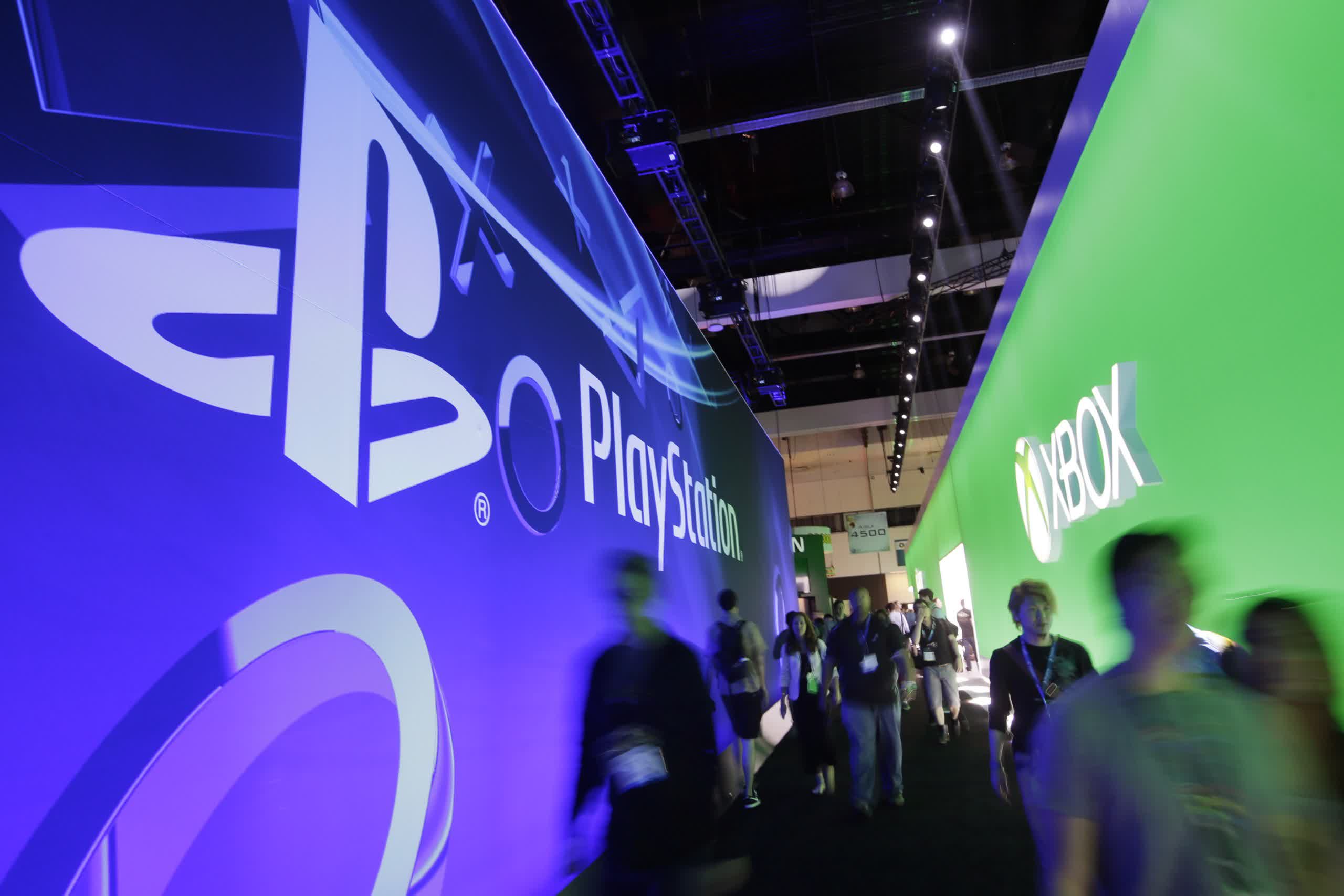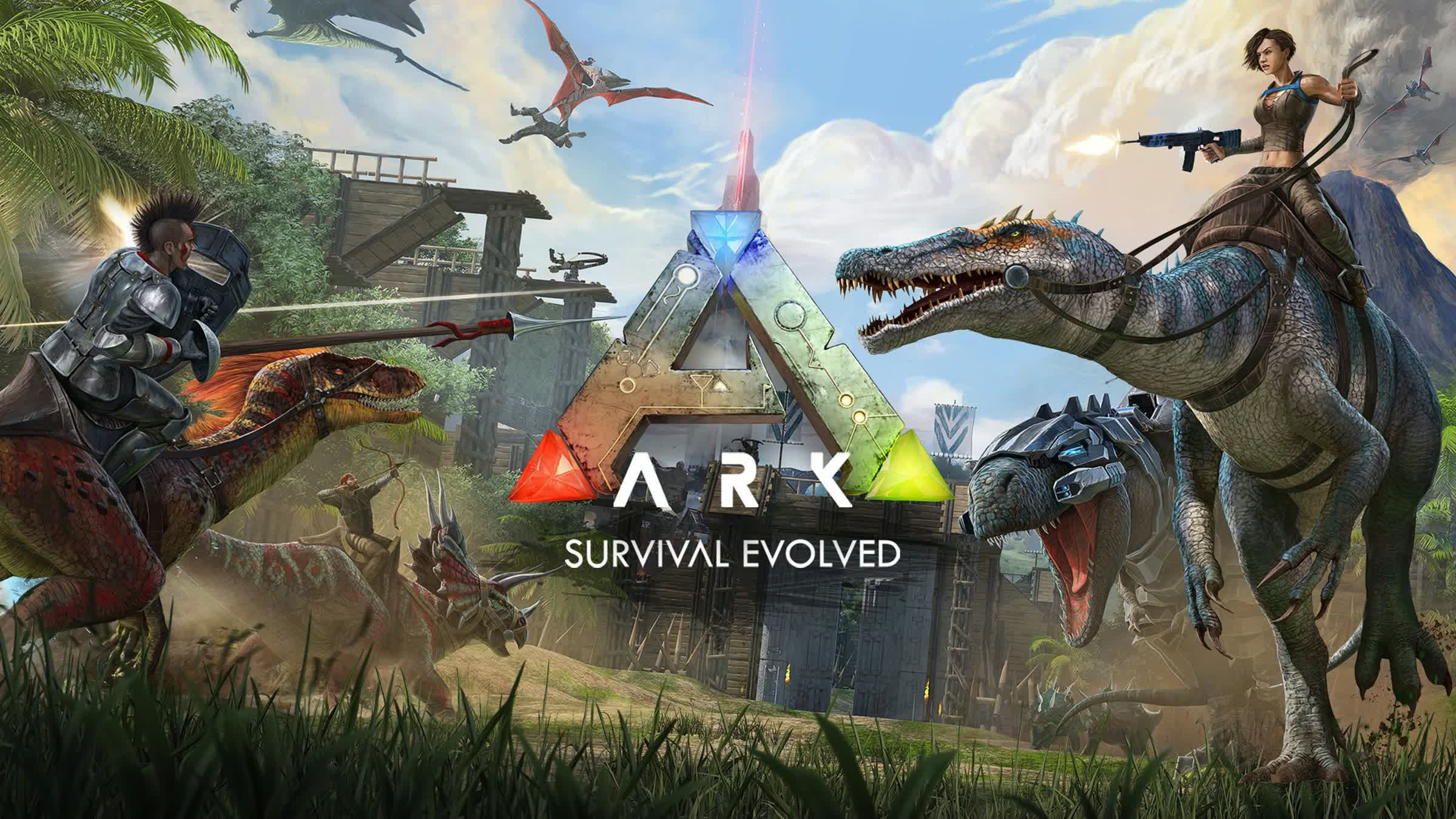In context: In the current generation of console wars, a lot is riding on Sony's and Xbox's subscription services, maybe even more than ever. This supposition is supported by both companies recently restructuring PlayStation Plus and Game Pass. A filing with the US Securities and Exchange Commission (SEC) reinforces this notion.

In September, Snail Games filed an S1 with the SEC as it prepares to go public. The S1 is one of many routine financial documents the Commission requires before a company can apply for an listing shares on the stock market.
Snail is an independent developer and publisher best known for Ark: Survival Evolved, from developer Studio Wildcard. Snail leans heavily on this fact, mentioning the game by name at least 40 times in its S1.
Snail claims that for the fiscal year ending on December 31, 2021, the overwhelming majority of its revenue came from digital sales through online platforms like Steam, Xbox Live, and the PlayStation Network. That's not surprising, considering the physical game disc is on its way to extinction.
What is more interesting is Snail's acknowledgment that in November 2021, Sony paid $3.5 million to make Ark free for PlayStation Plus members for five weeks. The contract stipulated that the game had to meet or exceed certain unspecified "performance obligations" — legal speak for "your game must generate a specific number of downloads to receive the total contracted amount." That free period started on March 1, 2022, and Snail said it met its obligation on the first day.

Keep in mind that Sony paid $3.5 million without receiving anything in return except the hope that the game would help retain current subscribers and maybe bring a few new ones into the fold. However, Sony was not alone in forking over stacks of bills to Snail for the privilege of offering Ark free to customers.
Microsoft entered a licensing agreement with Snail in 2018 to offer Ark on Game Pass. While the publisher did not mention past years' revenues, it did say that Ark 1 raked in $2.5 million in just the first two quarters of 2022. It also noted that this gravy train was so good it amended its contract with Game Pass to be renewed "perpetually" every year with no expiration date. Snail also received another $2.3 million from Xbox this year, designated as "deferred revenue" for Ark 2, which releases next year. The Ark 2 contract is good for three years, but depending on performance, this could change as well.
What is staggering here is that this is just a single game. Sony has up to five free titles per month for PS Plus subscribers. While some are nothing to write home about, some decent and sometimes older gems are frequently in the bunch. Yakuza: Like a Dragon, FIFA 22, Ghostrunner, and Hitman 2 were all recently featured as PS+ freebies. Based on the Ark numbers, saying that Sony spends anywhere from $7.5 million to $17.5 million monthly to keep PS+ subscribers happy would be a conservative guess.
The big picture is that Sony and Microsoft are betting big on their respective subscription platforms. They spend millions of dollars per month on games that bring them no direct revenue. So one could say they are gambling on these perks to keep the subscription revenues not just flowing but growing.
https://www.techspot.com/news/96297-sony-microsoft-spend-millions-every-month-no-direct.html